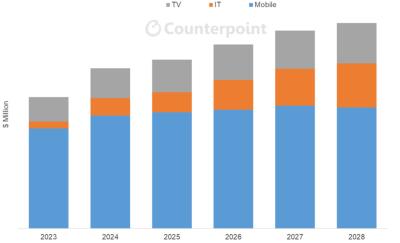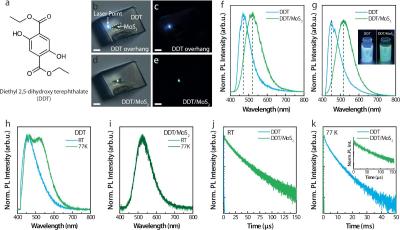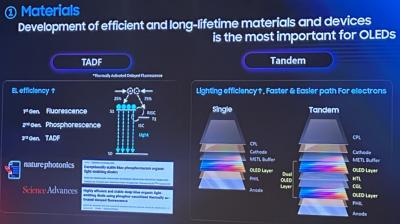Universal Display reports its Financial results for Q4 2024
Universal Display Corporation reported its financial results for Q4 2024, with revenues of $162.3 million (up from $158.3 last year), and net income of $46 million (down from $62 million last year).
 Looking at 2024, UDC reports $647.7 million in revenues, up 12% from 2023 ($576.4 million) while net profit was up 9% ($222 million up from $203 million). The company believes that its 2025 revenues will be in the range of $640 million to $700 million, forecasting growth of up to 8% (and possibly even a 2% decline in revenues).
Looking at 2024, UDC reports $647.7 million in revenues, up 12% from 2023 ($576.4 million) while net profit was up 9% ($222 million up from $203 million). The company believes that its 2025 revenues will be in the range of $640 million to $700 million, forecasting growth of up to 8% (and possibly even a 2% decline in revenues).











